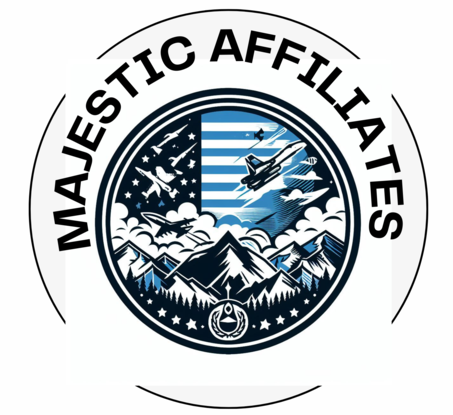Sales funnels are a crucial component of affiliate marketing strategies, helping affiliates guide potential customers through a series of steps to ultimately make a purchase. Crafting effective sales funnels can significantly boost conversion rates and maximize affiliate revenue. In this guide, we’ll explore how to create compelling affiliate marketing sales funnels.

1. Understanding the Sales Funnel Concept
a. Awareness Stage:
- Introduce potential customers to the affiliate product or service.
- Create engaging content to capture attention and generate interest.
b. Consideration Stage:
- Provide valuable information and address customer pain points.
- Showcase the benefits and features of the affiliate product to encourage further consideration.
c. Decision Stage:
- Present compelling offers, discounts, or incentives to prompt purchase decisions.
- Use persuasive messaging and social proof to alleviate any remaining doubts or objections.
2. Mapping Out the Sales Funnel Steps
a. Landing Page:
- Design a captivating landing page optimized for conversion.
- Clearly communicate the value proposition of the affiliate product and encourage action.
b. Lead Capture Form:
- Implement lead capture forms to collect visitor information.
- Offer incentives such as free resources or discounts to encourage form submissions.
c. Thank You Page:
- Redirect users to a thank you page after form submission.
- Reinforce the benefits of the affiliate product and provide next steps.
d. Email Follow-Up Sequence:
- Develop a series of automated email sequences to nurture leads.
- Deliver valuable content, product recommendations, and exclusive offers to engage subscribers.
e. Sales Page or Offer Page:
- Direct leads to a dedicated sales page or offer page.
- Highlight product features, benefits, and testimonials to drive conversions.
f. Checkout and Purchase Confirmation:
- Streamline the checkout process to minimize friction.
- Provide clear instructions and confirmations upon purchase completion.
3. Optimizing Conversion Points
a. Compelling Call-to-Action (CTA):
- Use persuasive CTAs throughout the funnel to prompt action.
- Experiment with different CTA placements, colors, and wording for optimal results.
b. A/B Testing:
- Continuously test and optimize various elements of the sales funnel.
- Experiment with different headlines, visuals, and offers to identify the most effective combinations.
c. Personalization:
- Tailor content and offers based on user preferences and behaviors.
- Leverage data to deliver personalized recommendations and experiences.
4. Tracking and Analytics
a. Conversion Tracking:
- Implement tracking pixels and analytics tools to monitor funnel performance.
- Track key metrics such as conversion rates, click-through rates, and revenue generated.
b. Performance Analysis:
- Regularly analyze funnel performance to identify areas for improvement.
- Adjust strategies based on data insights to optimize conversion rates and revenue.
5. Continuous Optimization
a. Iterative Testing:
- Implement a culture of continuous improvement through ongoing testing and experimentation.
- Stay updated on industry trends and best practices to adapt strategies accordingly.
b. Feedback and Adaptation:
- Solicit feedback from users and affiliates to identify pain points and areas for enhancement.
- Remain agile and responsive to changing market dynamics and consumer preferences.
Conclusion
Creating effective affiliate marketing sales funnels requires careful planning, strategic execution, and continuous optimization. By understanding the sales funnel concept, mapping out each stage, optimizing conversion points, tracking performance, and embracing a culture of continuous improvement, affiliates can build high-converting funnels that drive revenue and success in the competitive affiliate marketing landscape.
